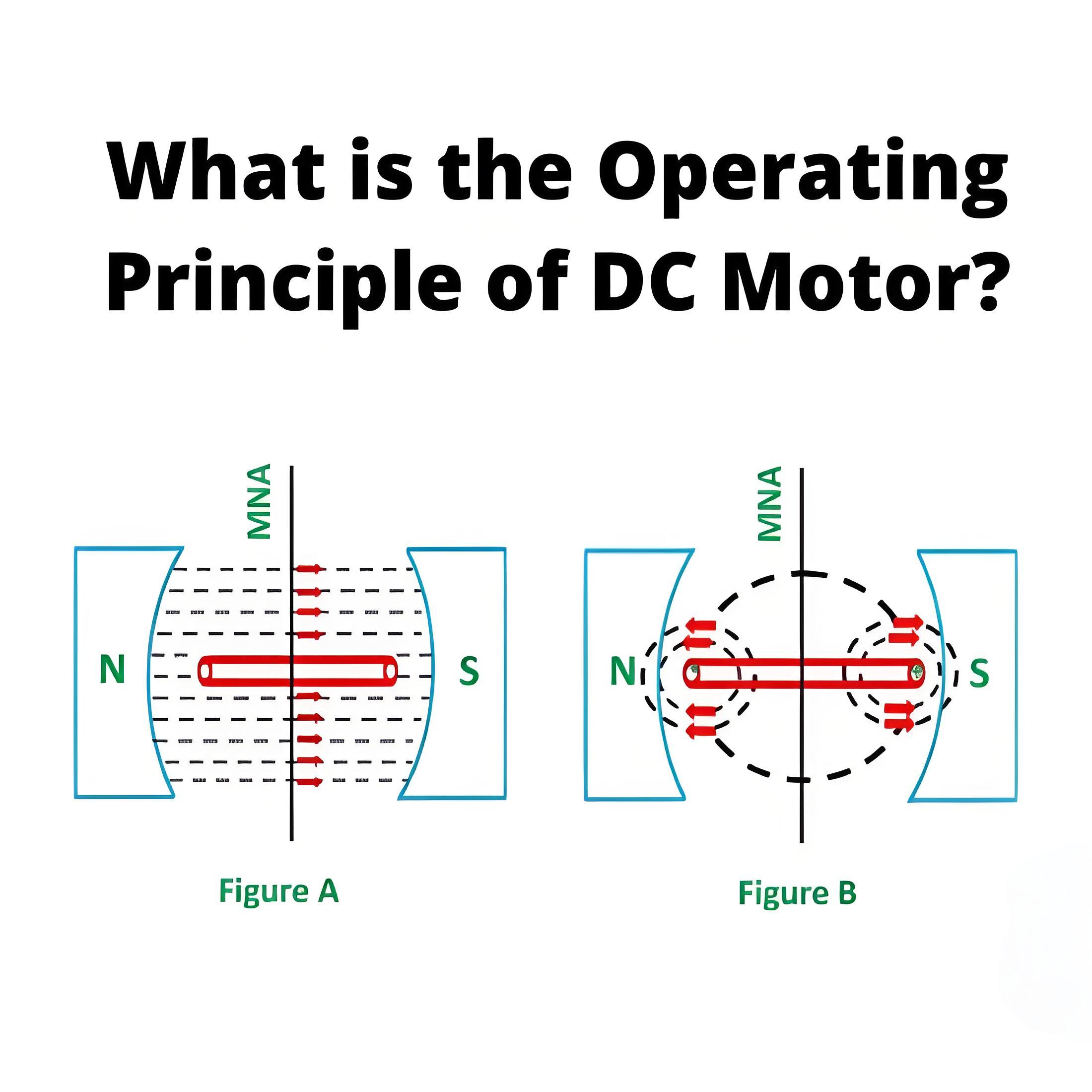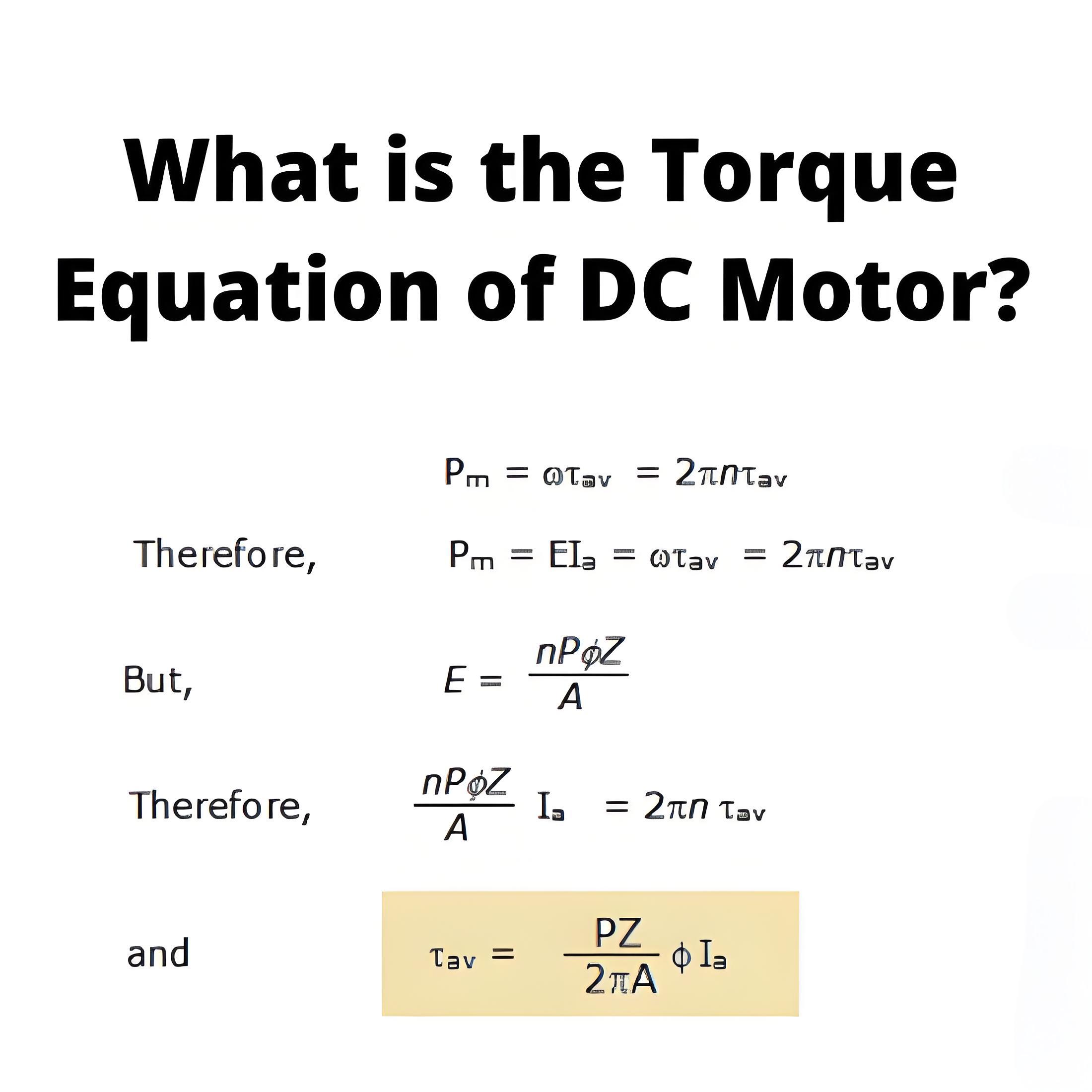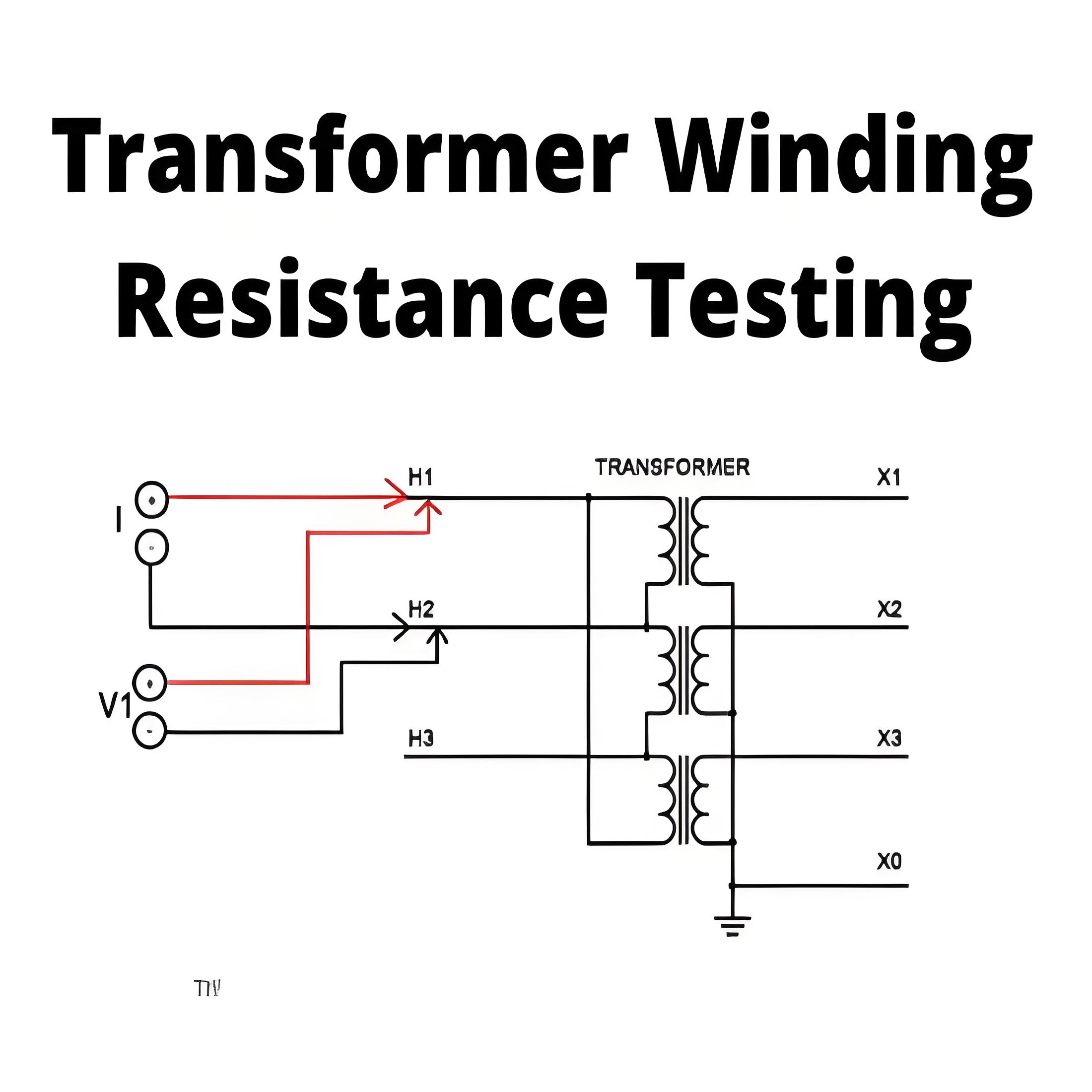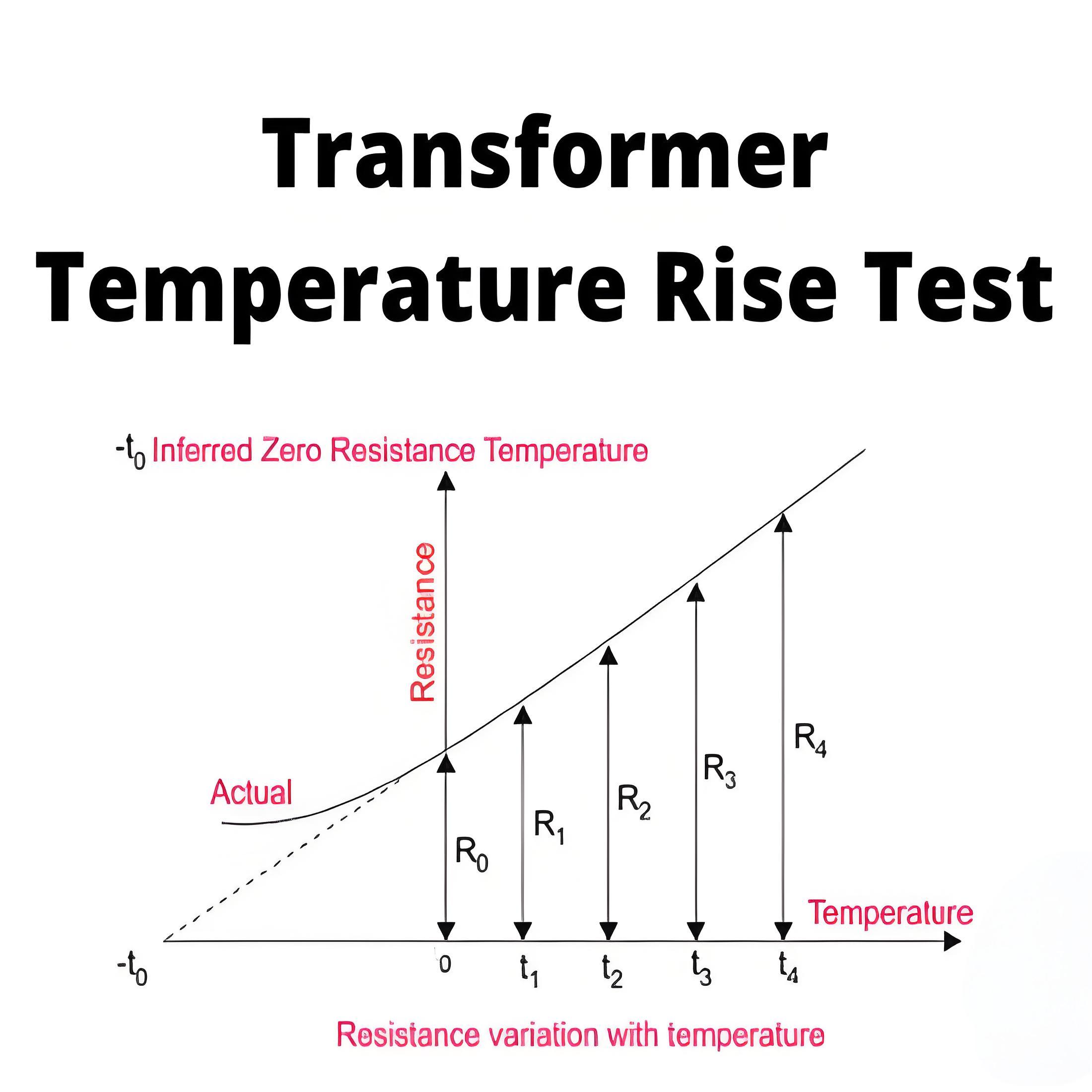What is a Stepper Motor Driver?
What is a Stepper Motor Driver?
Stepper Motor Driver Definition
A stepper motor driver is defined as a circuit used to drive or run a stepper motor, consisting of a controller, a driver, and motor connections.
Essential Components
Controller (essentially a microcontroller or a microprocessor)
A driver IC to handle the motor current
A power supply unit
Stepper Motor Controller
The selection of a controller is the first step to building a driver. It must have a minimum of 4 output pins for the stepper. Additionally, it must contain timers, ADC, serial port, etc. depending on the application in which the driver will be used.
Stepper Motor Driver
Nowadays, people are moving away from discrete driver components like transistors to more compact integrated IC’s.
These driver IC’s are available at reasonable costs and are easier to implement in assembling, which improves the circuit’s overall design time.
The drivers must be selected to suit the motor ratings in terms of current and voltages. ULN2003 series of drivers are most popular in non-H Bridge-based applications, apt for a stepper motor drive.
Each Darlington pair inside the ULN can handle up to 500mA and the maximum voltage can be as high as 50VDC.
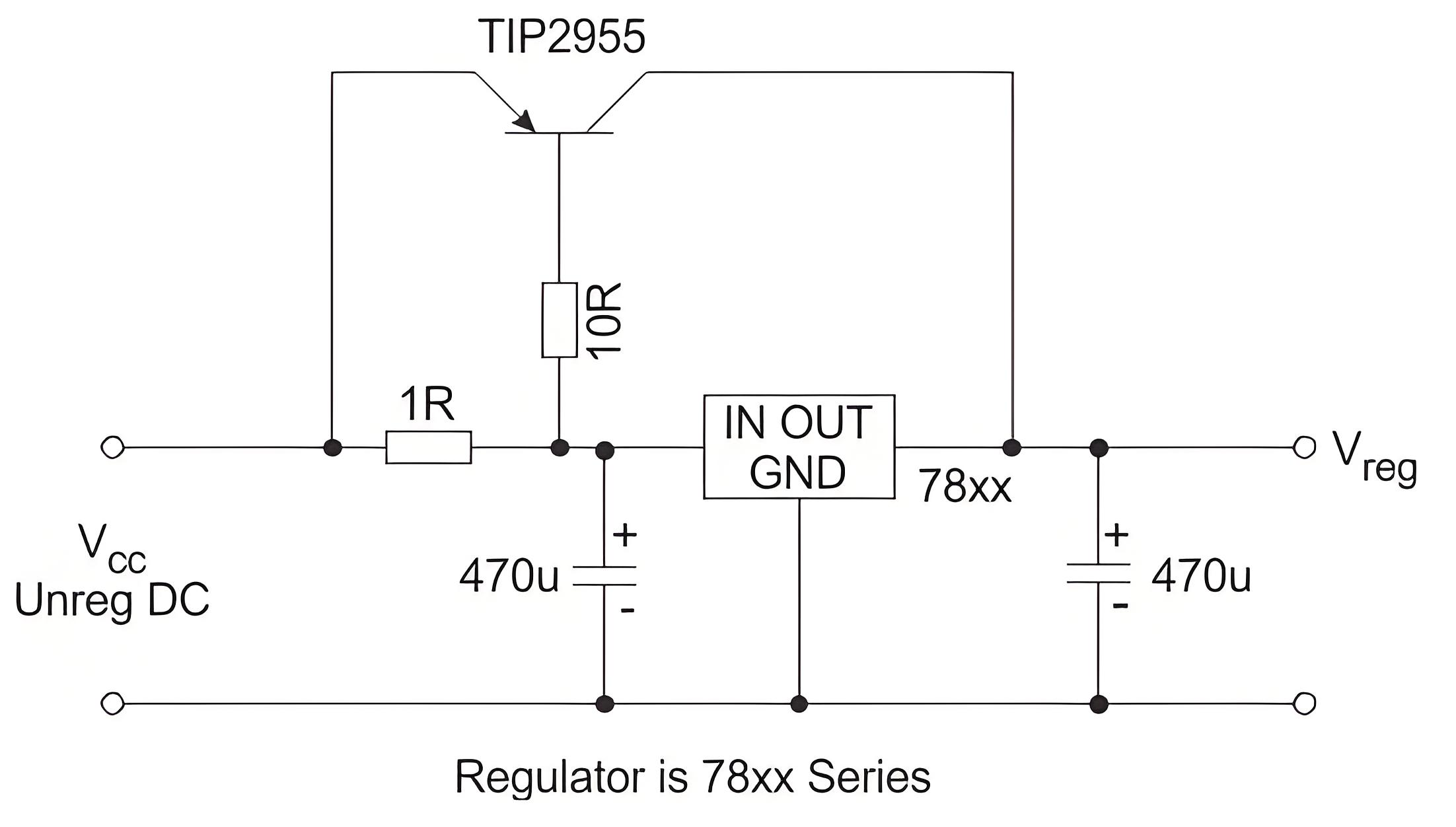
Power Supply for Stepper Motor Drive
A stepper motor operates at voltages between 5V and 12V and draws 100mA to 400mA. Use the motor specifications provided by the supplier to design a regulated power supply to avoid speed and torque fluctuations.
Power Supply Unit
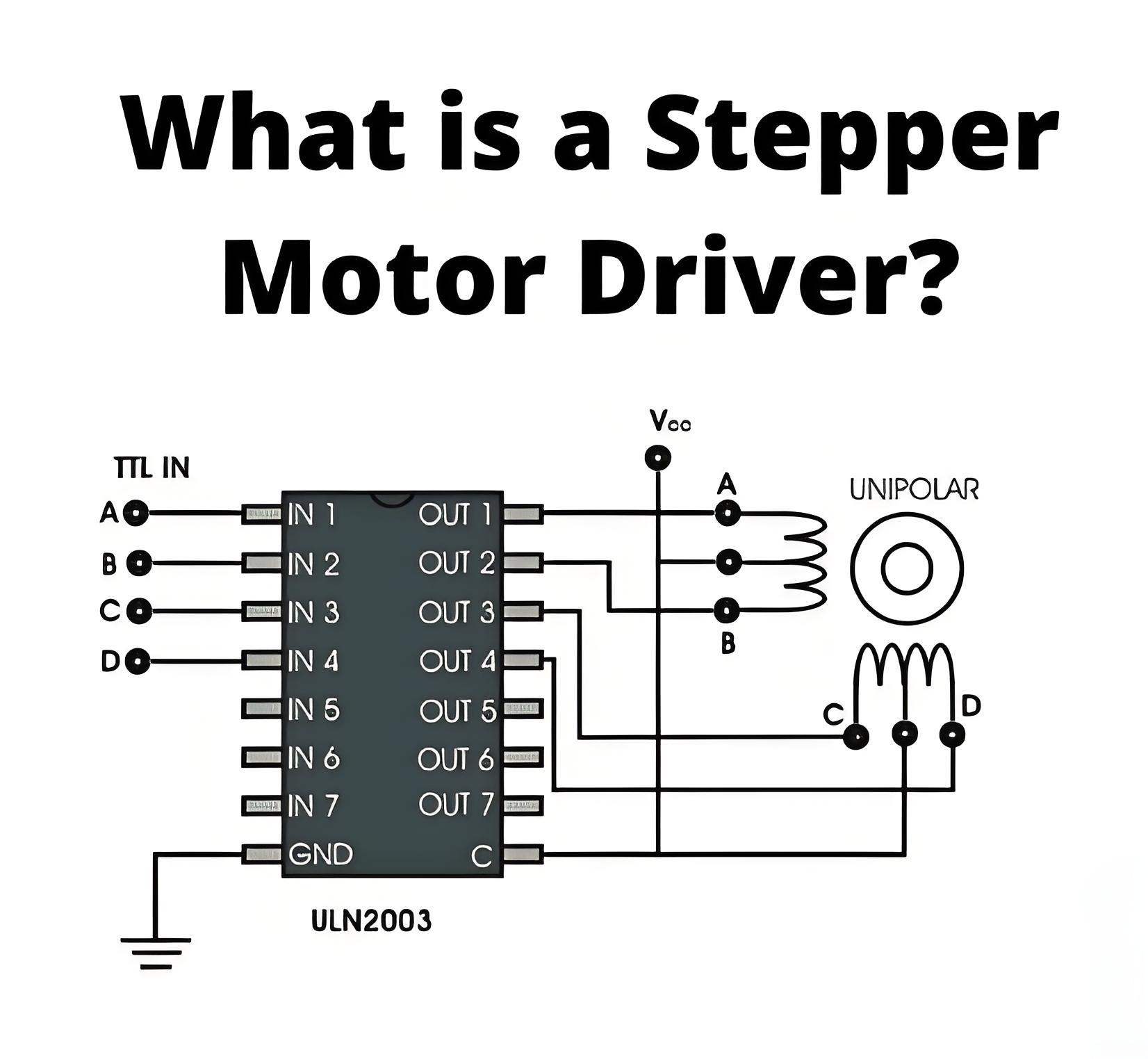
Since the 7812 voltage regulator can handle only up to 1A of current, the outboard transistor is used here. It can handle 5 A of current. A proper heat sink must be provided depending on the total current draw.
The block diagram shows the flow and interconnections between the driver board’s components.
Miscellaneous Components
Switches, Potentiometers
Heat sink
Connecting wires
Comprehensive Stepper Motor Drive
The stepper motor drive is a dumb piece of electronics unless you program the microcontroller to give signals correctly to the stepper motor via the driver. A stepper motor can operate in modes like full step, wave drive, or half-stepping. The driver should be interactive to allow user commands for different stepping modes and speed control. Additionally, it must support start/stop commands.
To accomplish the above functions, we need to use additional pins on the micro-controller. Two pins are required to select the kind of stepping and to start or stop the motor.
One pin is required to connect a pot, which will act as a speed controller. The ADC inside the micro-controller will be used to control the speed of rotation.
Program Algorithm
Initialize the port pins in input/output modes.
Initialize the ADC module.
Create separate functions for half-stepping, full stepping, and wave drive and delay.
Check two port pins for operating mode (00-stop, 01-wave drive,10-full step, 11-half stepping).
Go to the appropriate function.
Read the Potentiometer value via the ADC and accordingly set a delay value.
Complete one cycle of sequence.
Go to step 4.
Driver Board
If you plan to make your own board using CAD software like EAGLE, ensure that you provide sufficient thickness for the motor currents to flow without overheating the board.
Also, as motors are inductive components, care must be taken not to disturb the other signal paths through interferences. Proper ERC and DRC checks must be followed.
Welcome to our electricity community! Established to facilitate the exchange and cooperation in the electricity industry and bridge professionals, enthusiasts, and related enterprises.


